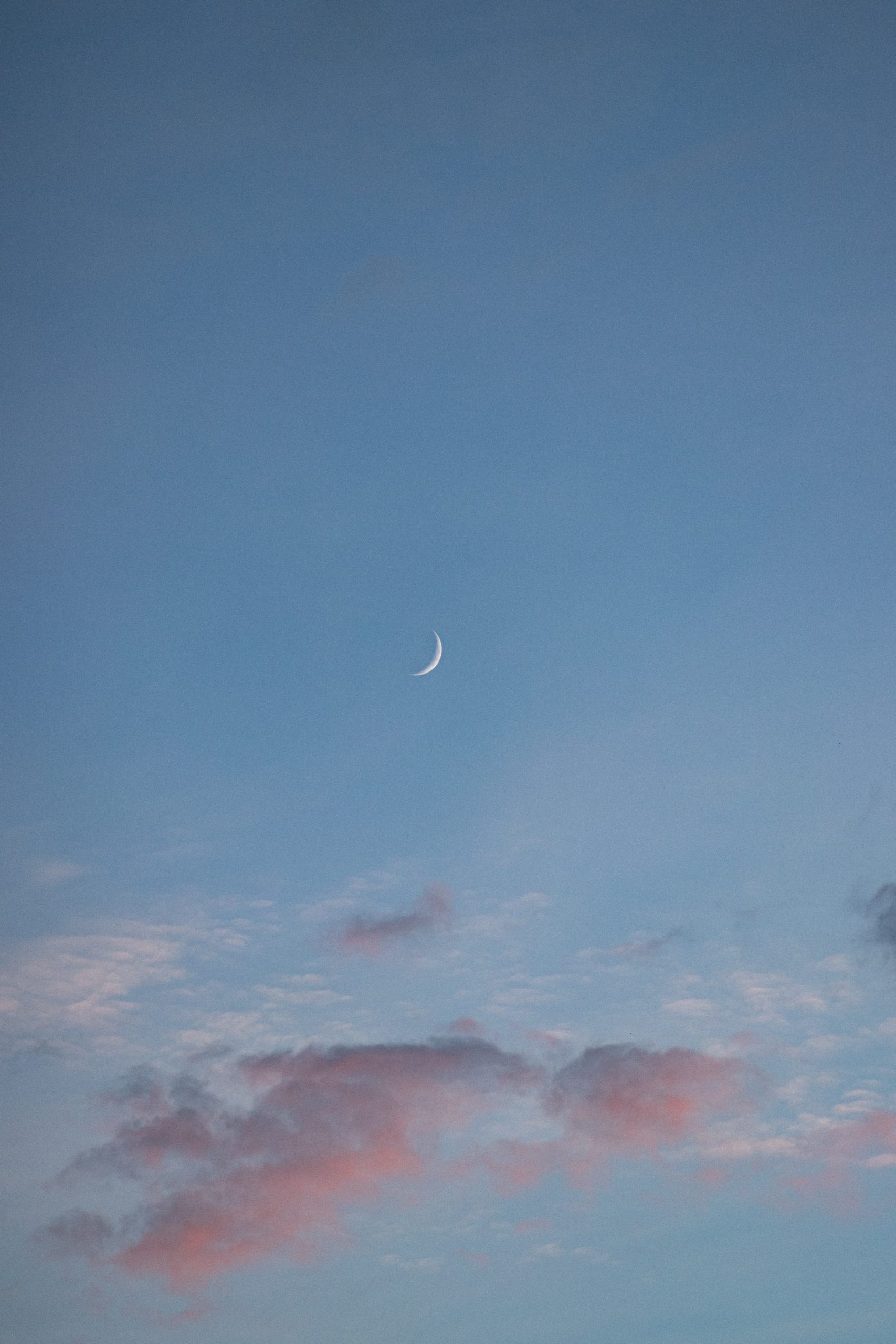Legends About the Moon: Unveiling the Mysteries of Luna
Since the dawn of civilization, the moon has captivated our imagination and ignited countless legends and myths. Shrouded in enchantment, this celestial body has been revered, feared, and worshipped by cultures around the world. From ancient folklore to modern-day tales, let’s delve into the captivating legends surrounding the moon and discover the hidden wonders it holds.
The Moon Goddesses:
Across various cultures, numerous myths revolve around lunar goddesses, celestial beings believed to control the moon’s movements and influence its powers. These deities are often associated with fertility, femininity, and the cycles of life. Here are some renowned moon goddesses from different civilizations:
- Selene (Greek): In Greek mythology, Selene personifies the moon itself. She is often depicted as a beautiful woman riding a silver chariot across the night sky, illuminating the world below.
- Chandra (Hindu): In Hindu mythology, Chandra is the god of the moon. He is described as fair and young, with a golden crown adorning his head. Chandra is also known for his romantic relationship with the 27 daughters of Daksha.
- Mani (Norse): Mani is the Norse god of the moon, representing the male aspect of this celestial body. He is believed to be chased incessantly by the great wolf, Hati, which signifies the eternal struggle between light and darkness.
The Moon in Ancient Mythology:
Apart from moon goddesses, the moon plays a central role in countless mythologies from across the globe. Many of these myths provide explanations for lunar phenomena and offer insights into the primal human fascination with the ever-changing face of the moon. Let’s explore a few intriguing tales:
The Rabbit on the Moon (Chinese):
According to Chinese folklore, the moon is inhabited by a jade rabbit who spends eternity crafting a mythical elixir of immortality. The rabbit’s image can be seen in the moon’s craters, and its story serves as a reminder of the pursuit of immortality.
The Moon Landing (Islamic):
In Islamic mythology, the moon’s surface bears the footprint of the Prophet Muhammad, who miraculously traveled through the skies from Mecca to Jerusalem on his Night Journey. Muslims still celebrate this event during the holy month of Rajab.
Endymion and the Moon’s Eternal Love (Greek):
In Greek mythology, Endymion was a handsome shepherd with whom the moon goddess Selene fell in love. To ensure their eternal union, Selene asked Zeus to grant Endymion everlasting youth and undying beauty. In return, Endymion was condemned to an eternal sleep, where Selene visits him each night in his dreams.
Moon Superstitions and Symbolism:
Throughout history, humans have associated the moon with various superstitions and cultural symbols. From lunar eclipses to full moon rituals, the moon’s influence continues to shape beliefs and practices across different societies:
| Superstition/Symbol | Culture |
|---|---|
| If you howl at the moon, it will bring bad luck | Western |
| A full moon signifies abundance, manifestation, and spiritual growth | New Age/Spiritual |
| A crescent moon symbolizes creativity, intuition, and transformation | Various |
Scientific Fascination with the Moon:
Beyond legends and folklore, the moon has fascinated scientists for centuries. With the advent of space technology, our understanding of this celestial body has vastly expanded:
- During the Apollo missions, significant scientific discoveries were made, including the moon’s origin and composition.
- The moon’s gravitational pull influences Earth’s tides and has implications for oceanic systems.
- Lunar eclipses continue to be a subject of scientific interest, allowing astronomers to study the atmosphere and the effects of sunlight filtering through Earth’s atmosphere.
The Moon as Inspiration:
Artists, poets, and writers have drawn inspiration from the moon for centuries. Its ethereal glow, vast craters, and its eternal connection to the tides of life have fueled creativity and imagination across the arts. From Vincent Van Gogh’s “Starry Night” to Shakespeare’s “Othello,” the moon’s enchanting presence looms large in artistic expression.
As we gaze upon the moon, its mystical allure persists. The legends weaved around it evoke a sense of wonder, reminding us of humanity’s fascination with the unknown. Whether it’s the folklores of ancient civilizations or the scientific discoveries of modern times, the moon continues to captivate and mystify us, ever-present in our collective imagination.
So, the next time you find yourself gazing up at the moonlit sky, remember the legends and myths that enshroud it, as well as the scientific knowledge that continues to unravel its mysteries.
Table of Contents
